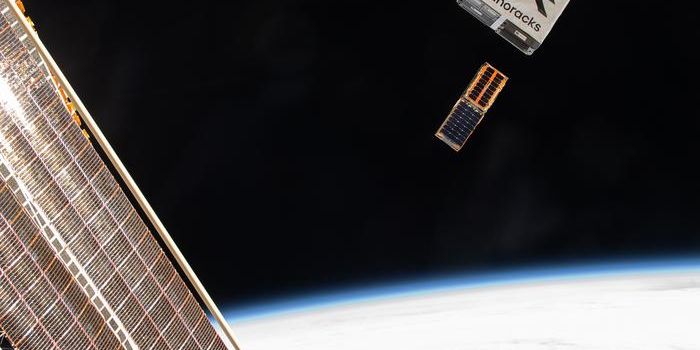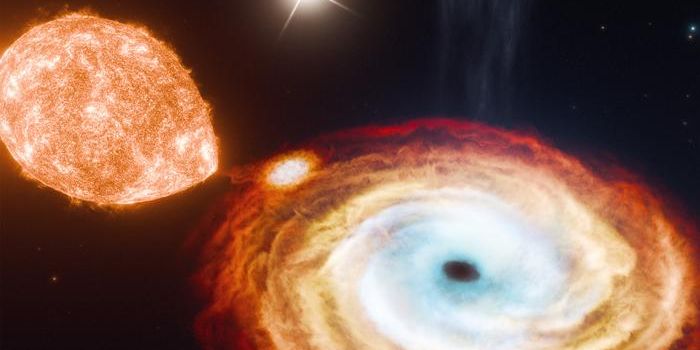SpaceX Launches First Rideshare Mission with Great Success
If you’ve been following SpaceX, then you’d know that the commercial space company has been launching quite a lot of Falcon 9 rockets recently. SpaceX made history when it launched American astronauts Bob Behnken and Doug Hurley into space just a couple of weeks ago, and then followed up with a Starlink satellite launch a week later. Now just this weekend, the company launched another Falcon 9 into space.
This weekend’s Falcon 9 launch took place just yesterday, Saturday June 13th at approximately 5:21 A.M. Eastern time from the Space Launch Complex 40 at Florida’s Cape Canaveral Air Force Station. Despite the relatively moderate rain chances, the skies remained clear enough during the projected launch window and SpaceX flight control gave the green light for the launch.
So what was the Falcon 9 carrying into space this time? It was actually a somewhat important payload. In addition to carrying 58 additional Starlink satellites to bolster the company’s upcoming satellite internet network, the capsule had at least three SmallSats tucked away in its cargo hold for studying the Earth from above. That said, these three satellites shared a ride with SpaceX’s Starlink satellites, and so took part in the first of the company’s Rideshare Program launches.
With Rideshare, SmallSat companies can effectively save money on rocket launch costs by hitching rides with other planned launches. SpaceX just happened to have some extra room on its rocket this weekend, and a few SmallSat companies decided to cram their tech into the remaining crevices for a handsome discount. It could be the new way for SmallSat companies, as launching these tiny projects by their lonesome would be too costly to be worth it.
The Falcon 9 first stage that was used for this launch was refurbished and flew twice previously on resupply missions to the International Space Station. As you might come to expect from SpaceX, the company landed its first stage on droneship ‘Of Course I Still Love You’ positioned in the Atlantic Ocean following the primary mission, allowing it to be captured for another round of refurbishment.
It will be interesting to see what other companies will participate in SpaceX’s Rideshare Program as the incentive to split the cost of expensive rocket fuel is certainly there.
Related: Here’s why SpaceX’s droneship footage often cuts out during rocket landings








